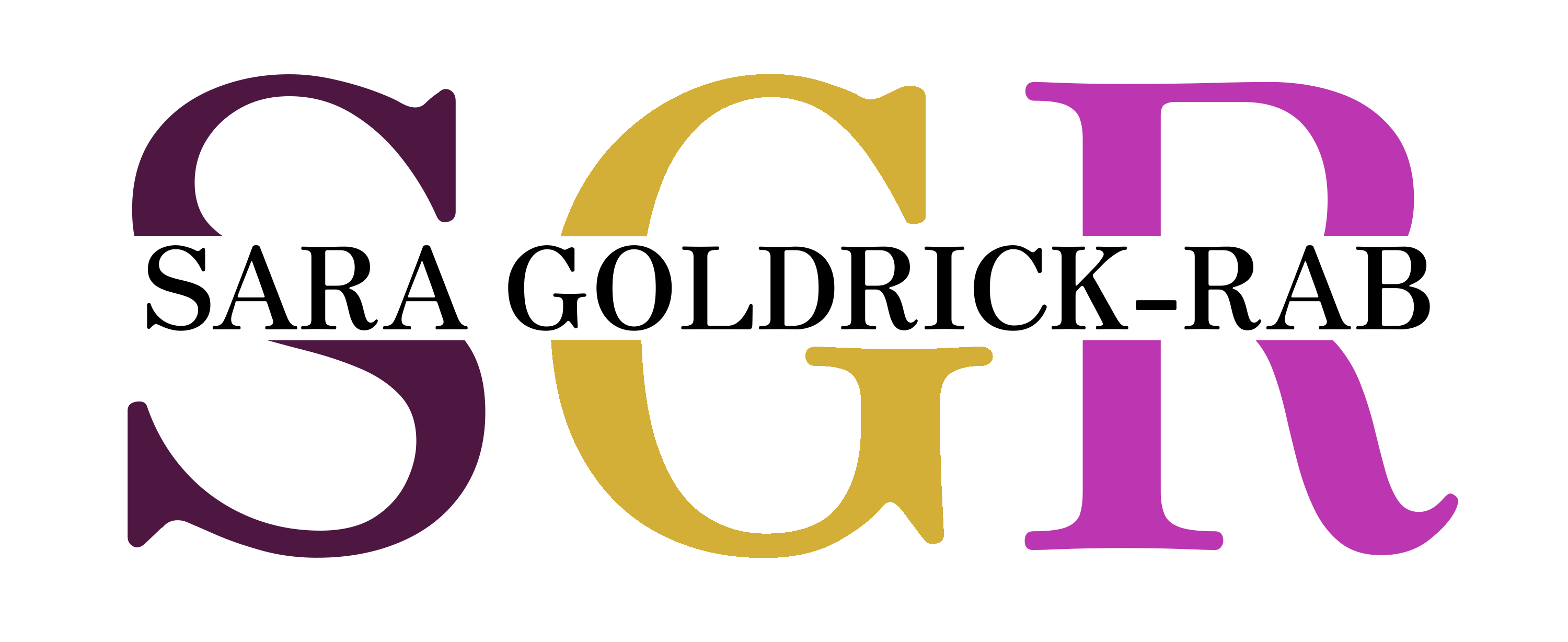Pathways from Food Insecurity to Health Outcomes among California University Students (2019)
The prevalence of food insecurity (FI) among college students is alarmingly high, yet the impact on student health has not been well investigated. The aim of the current study was to examine the simultaneous relationships between food insecurity and health-related outcomes including body mass index (BMI) and overall health in a college student population. Randomly sampled students in the University of California 10 campus system were invited to participate in an online survey in spring 2015. The analytic sample size was 8705 graduate and undergraduate students. Data were collected on FI in the past year, daily servings of fruits and vegetables (FV), number of days in the past week of enough sleep and moderate- to vigorous-intensity physical activity (MVPA), height and weight, self-rated health, and student characteristics. Using path analysis, mediated pathways between FI, BMI, and poor health were examined through FV intake, number of days of MVPA and enough sleep. Analyses controlled for student characteristics. Mean BMI was 23.6 kg/m2 (SD, 5.0), and average self-rated health was good. FI was directly and indirectly related to higher BMI and poor health through three pathways. First, FI was related to fewer days of enough sleep, which in turn was related to increased BMI and poor health. Second, FI was related to fewer days of MVPA, which in turn was related to increased BMI and poor health. Third, FI was related to fewer daily servings of FV, which in turn was related to poor health. FI is associated with poor health behaviors among college students, which may contribute to higher weight status and poor health. These findings highlight the importance of food security for a healthy college experience.
